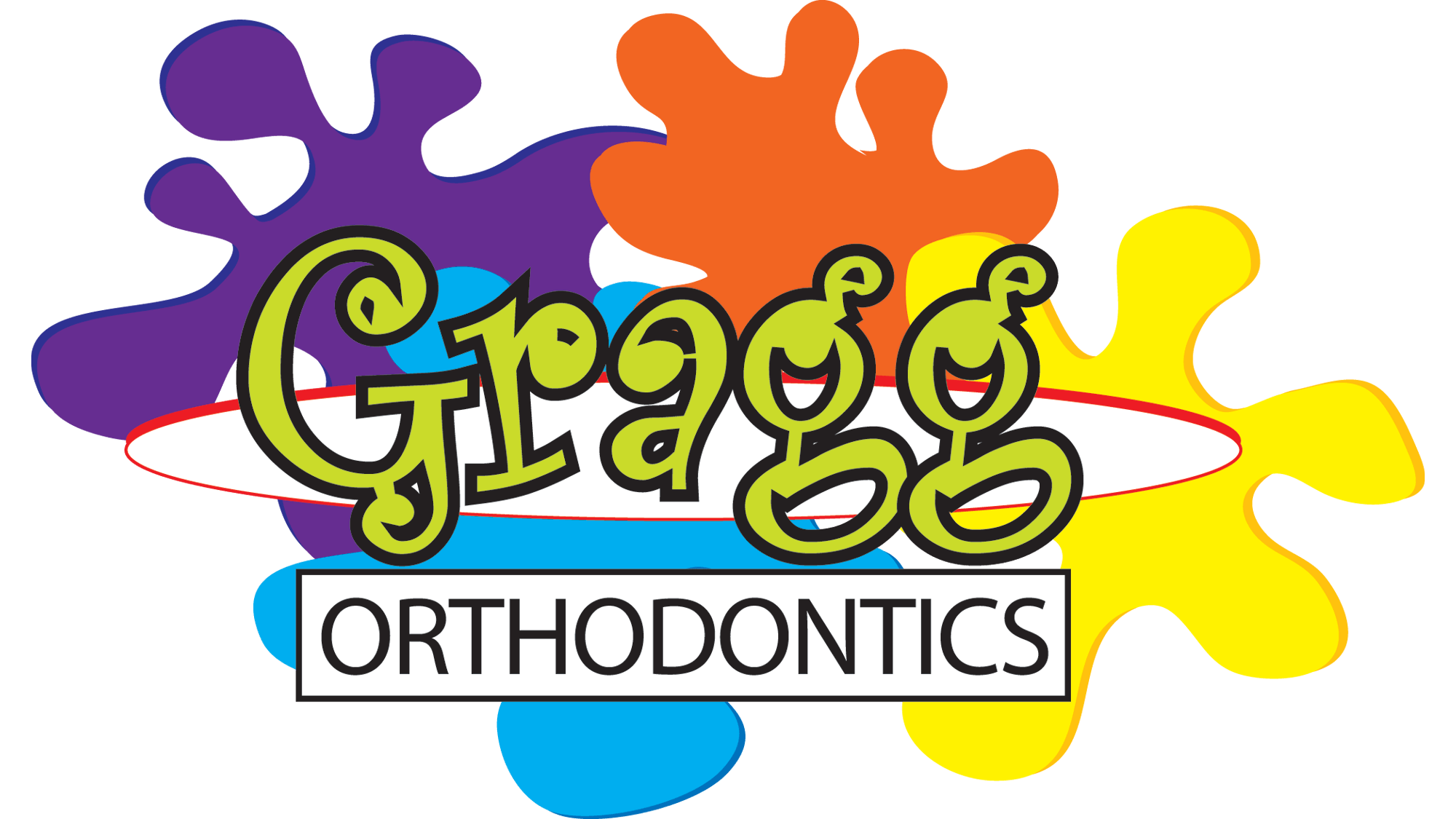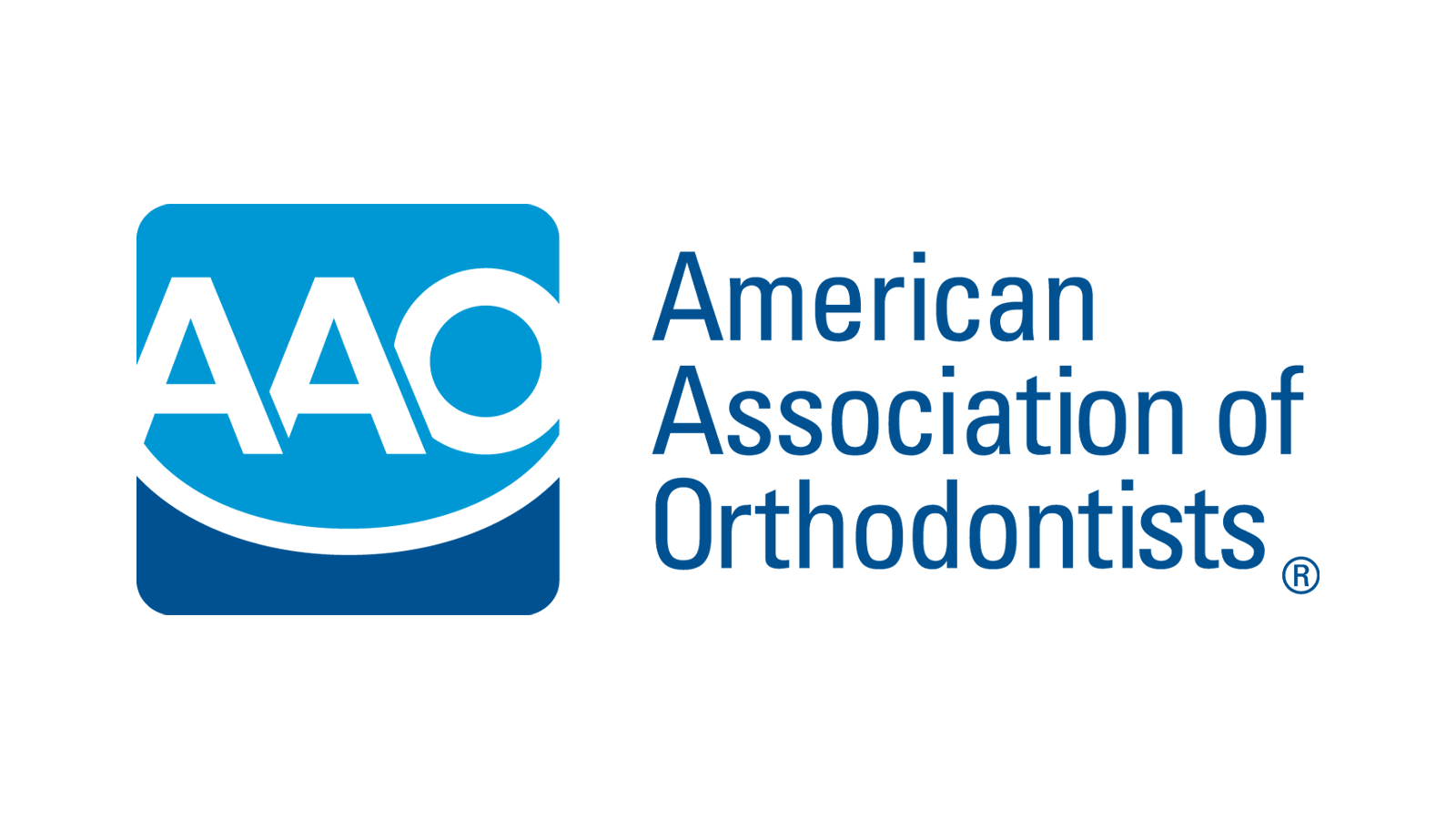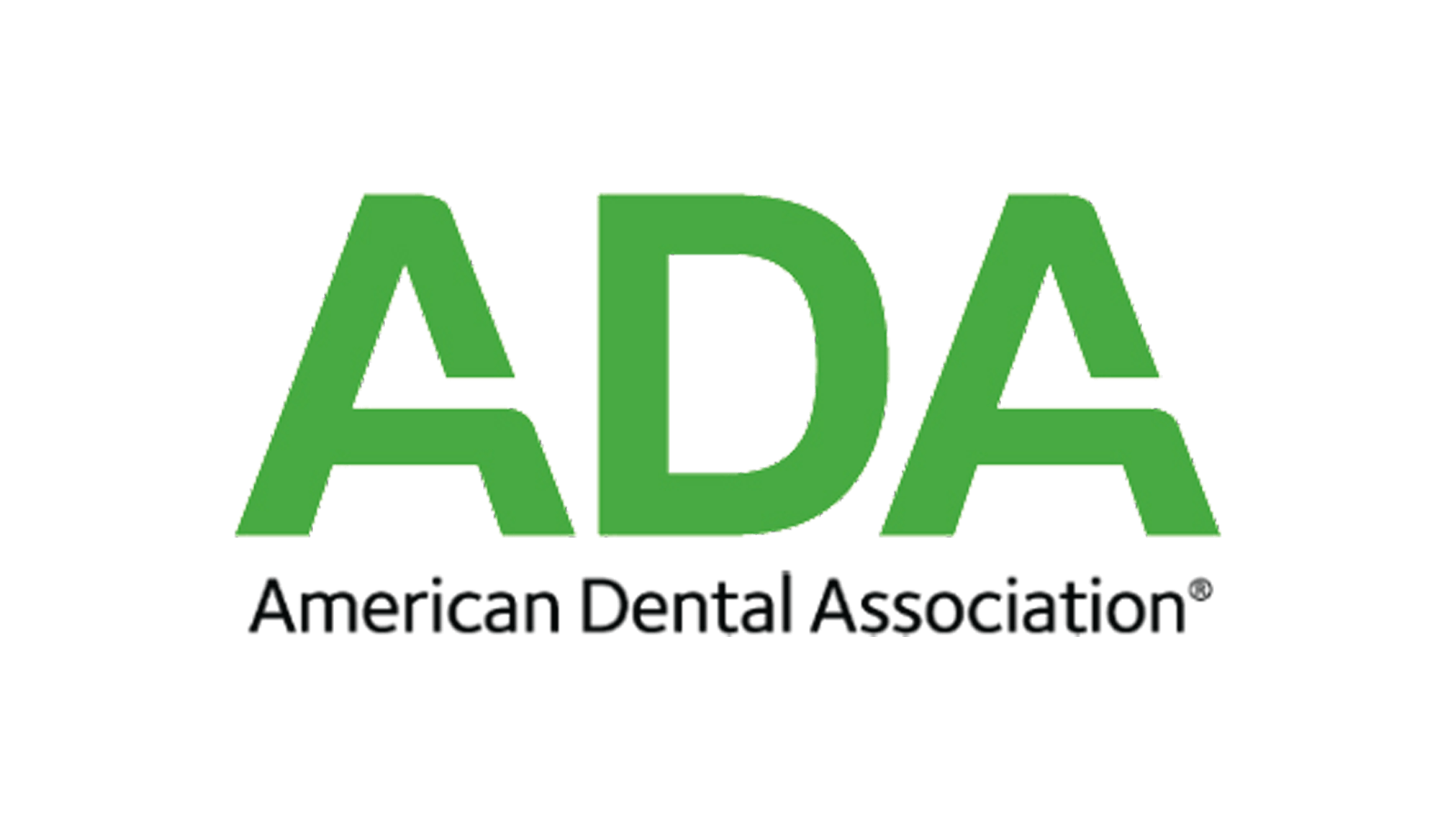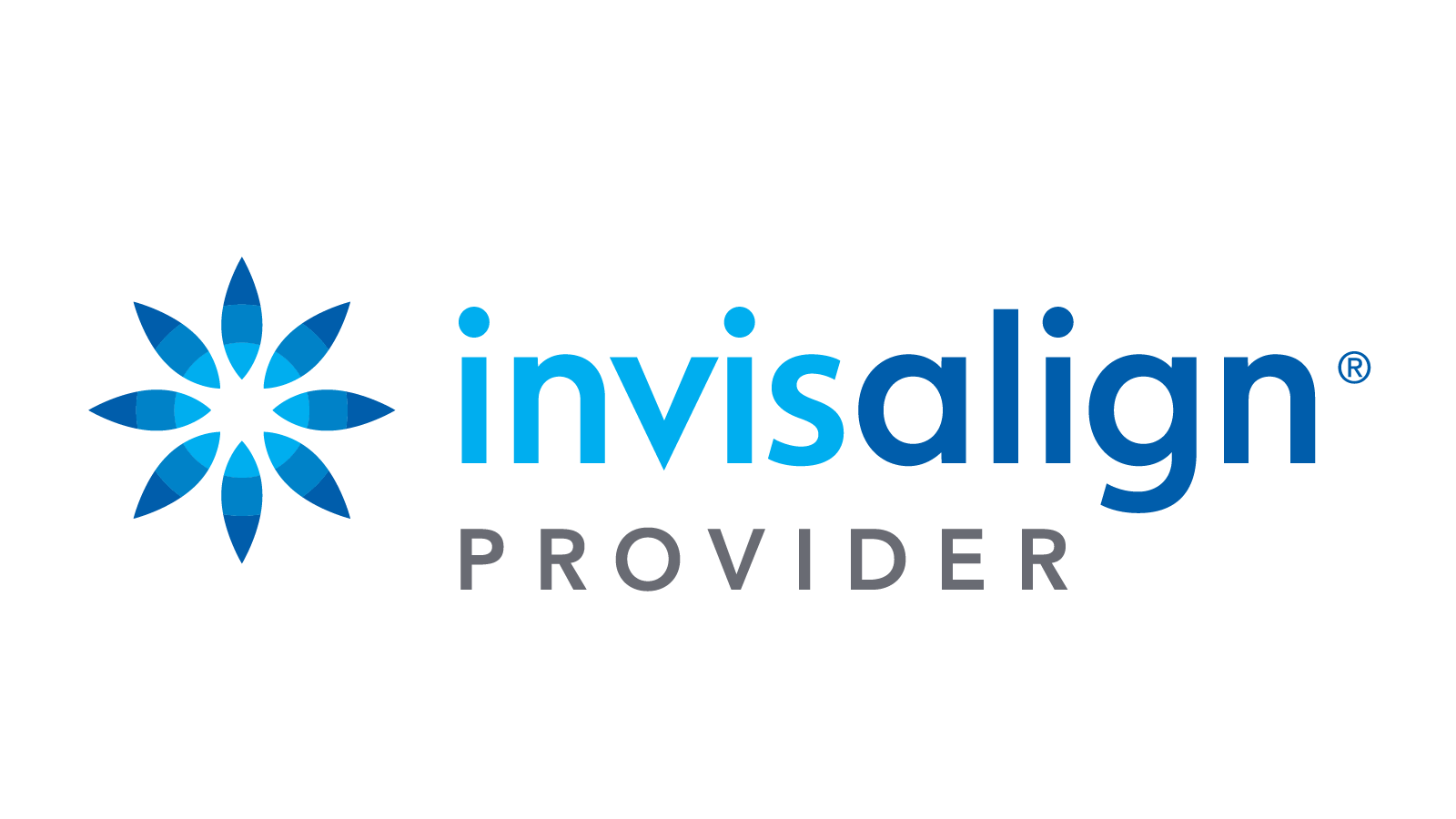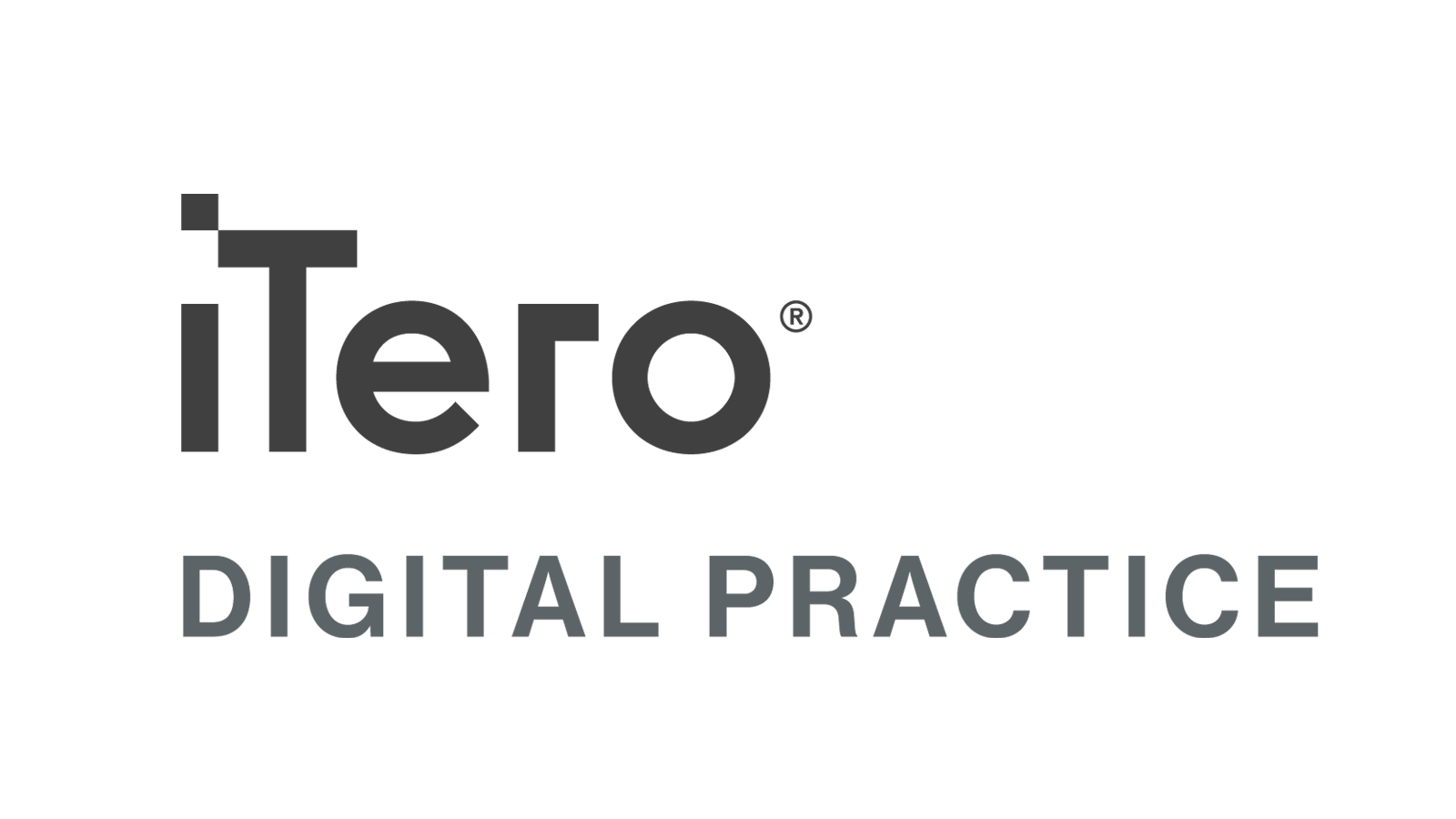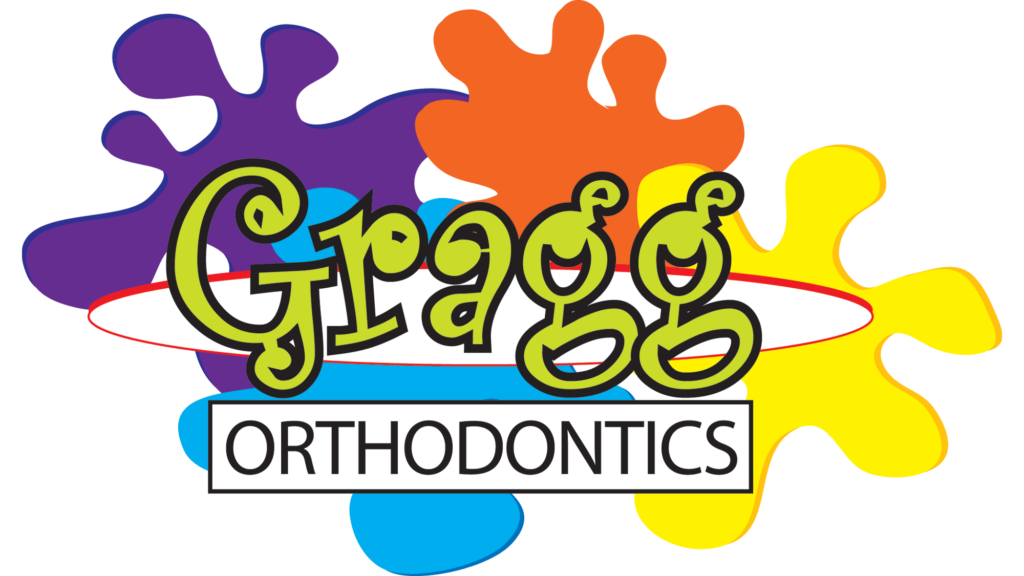Welcome to the ultimate showdown: braces versus Invisalign! If you’re considering orthodontic treatment to straighten your teeth and enhance your smile, you’ve likely come across these two popular options. But how do you choose between traditional braces and the innovative Invisalign system? That’s what we’re here to explore.
Orthodontic treatment is a significant investment in your oral health and overall well-being. It’s essential to understand the differences between braces and Invisalign before making a decision. In this article, we’ll delve into the pros and cons of each option, helping you make an informed choice that aligns with your needs and lifestyle. So, sit back, relax, and let’s dive into the world of orthodontics!
Pros and Cons of Braces
Braces have been the go-to orthodontic treatment for decades, and for a good reason. They are highly effective in correcting a wide range of dental issues, from overcrowding to misaligned bites. Let’s take a closer look at the pros and cons of traditional braces:
Pros
- Effective for Complex Cases: Braces are suitable for correcting severe misalignments and complex orthodontic issues. They can address overcrowding, gaps between teeth, overbites, underbites, and crossbites effectively.
- Predictable Results: With braces, your orthodontist has precise control over tooth movement, allowing for predictable and reliable results. This makes braces an excellent option for patients who require extensive orthodontic treatment.
- Customizable Treatment: Braces can be customized to meet the specific needs of each patient. Your orthodontist can adjust the tension of the wires and the placement of brackets to achieve optimal results.
- Cost-Effective: In terms of cost, traditional braces are often more affordable than alternative orthodontic treatments. They typically require fewer office visits and less frequent replacements, making them a cost-effective option for many patients.
Cons
- Visibility: One of the most significant drawbacks of braces is their visibility. The metal brackets and wires are highly noticeable, which can be a concern for some patients, particularly adults and professionals.
- Dietary Restrictions: Patients with braces need to avoid certain foods that are hard, sticky, or chewy, as they can damage the brackets and wires. This includes foods like popcorn, nuts, gum, and hard candies, which can be inconvenient for some individuals.
- Discomfort: Braces can cause discomfort, especially during the initial adjustment period and after routine tightening appointments. Patients may experience soreness, irritation, and difficulty eating for a few days after each adjustment.
- Maintenance: Proper oral hygiene is essential when wearing braces to prevent tooth decay and gum disease. Patients need to spend extra time and effort cleaning around the brackets and wires, which can be challenging for some individuals.
While braces have their advantages and disadvantages, they remain a trusted and effective orthodontic treatment option for patients of all ages. However, it’s essential to weigh these factors carefully and consult with your orthodontist to determine if braces are the right choice for you.
Pros and Cons of Invisalign
Invisalign has gained popularity as a discreet and convenient alternative to traditional braces. Utilizing clear aligner trays, Invisalign offers a unique approach to orthodontic treatment. Let’s explore the pros and cons of Invisalign:
Pros
- Nearly Invisible: One of the most significant advantages of Invisalign is its nearly invisible appearance. The clear aligner trays are transparent, making them much less noticeable than traditional metal braces. This discretion appeals to many adults and professionals who desire a more discreet orthodontic solution.
- Removable: Unlike braces, Invisalign aligners are removable, allowing patients to take them out for eating, brushing, and flossing. This flexibility makes it easier to maintain oral hygiene and enjoy a wide variety of foods without dietary restrictions.
- Comfortable: Invisalign aligners are made of smooth, comfortable plastic material, eliminating the discomfort and irritation often associated with metal brackets and wires. Patients typically experience less irritation to the cheeks and gums, making Invisalign a more comfortable orthodontic option.
- Predictable Treatment: Invisalign treatment involves the use of advanced computer technology to create a customized treatment plan. Patients can visualize their treatment progress and final results before even starting treatment, providing a clear understanding of what to expect.
Cons
- Compliance Dependent: Invisalign treatment requires strict adherence to wearing the aligners for at least 22 hours per day. Failure to comply with wearing the aligners as prescribed can prolong treatment time and compromise results.
- Limited Effectiveness for Complex Cases: While Invisalign can effectively treat many orthodontic issues, it may not be suitable for severe or complex cases. Certain dental issues, such as significant bite discrepancies or tooth rotation, may require traditional braces for optimal results.
- Potential for Lost or Misplaced Aligners: Since Invisalign aligners are removable, there is a risk of misplacing or losing them, especially during meal times or when removed for cleaning. Patients must be diligent about keeping track of their aligners to avoid delays in treatment.
- Cost: Invisalign treatment may be more costly than traditional braces, depending on the complexity of the case and the duration of treatment. Patients should consider their budget and insurance coverage when choosing between Invisalign and traditional braces.
Despite these considerations, Invisalign remains a popular choice for individuals seeking a discreet and flexible orthodontic treatment option. It’s essential to discuss your specific needs and preferences with your orthodontist to determine if Invisalign is the right choice for you.
Choosing Between Braces and Invisalign
Deciding between braces and Invisalign can be a significant decision when embarking on orthodontic treatment. Both options offer unique advantages and considerations, and understanding your preferences and treatment needs is essential. Here are some factors to consider when choosing between braces and Invisalign:
Treatment Goals: The first step in deciding between braces and Invisalign is to understand your treatment goals. Consider the specific dental issues you want to address, such as crooked teeth, overcrowding, or bite alignment. While both braces and Invisalign can treat many orthodontic issues, certain cases may be better suited for one treatment over the other.
Aesthetic Preferences: Aesthetic concerns often play a significant role in choosing between braces and Invisalign. Traditional braces are visible and consist of metal brackets and wires, while Invisalign offers a nearly invisible treatment option with clear aligner trays. If you prefer a more discreet orthodontic solution, Invisalign may be the better choice.
Lifestyle Factors: Consider your lifestyle and how orthodontic treatment will fit into your daily routine. Invisalign aligners are removable, allowing you to eat, brush, and floss with ease. However, they require strict compliance with wearing them for at least 22 hours per day. On the other hand, traditional braces are fixed onto the teeth and require more maintenance but do not rely on patient compliance.
Treatment Duration: The duration of treatment may vary between braces and Invisalign, depending on the complexity of the case and the patient’s adherence to treatment protocols. In some cases, Invisalign treatment may be faster than traditional braces, while other cases may require longer treatment duration with either option.
Comfort and Convenience: Consider your comfort level and convenience when choosing between braces and Invisalign. Traditional braces may cause discomfort and irritation due to the metal brackets and wires, while Invisalign aligners are made of smooth, comfortable plastic material. Additionally, Invisalign offers the convenience of easy removal for eating and oral hygiene.
Cost and Insurance Coverage: Cost is often a significant factor in orthodontic treatment decisions. Invisalign treatment may be more expensive than traditional braces, depending on factors such as the complexity of the case and the duration of treatment. Patients should also consider their insurance coverage and any financing options available for both treatment options.
Ultimately, the decision between braces and Invisalign should be based on a combination of factors, including treatment goals, aesthetic preferences, lifestyle, and budget. Consulting with an experienced orthodontist can help you weigh the pros and cons of each option and make an informed decision that aligns with your needs and preferences.
Conclusion
When weighing the options between braces and Invisalign, it’s essential to consider both the pros and cons of each treatment. Braces offer reliability and precise control over tooth movement, making them suitable for complex cases. However, they may be more noticeable and require extra maintenance. In contrast, Invisalign provides a discreet and convenient solution with removable aligners that offer flexibility and aesthetic appeal.
Ultimately, the decision depends on your treatment goals, lifestyle, and personal preferences. Consulting with an experienced orthodontist, like those at Gragg Orthodontics, can help you make an informed choice tailored to your needs. Whether you choose braces or Invisalign, our team is dedicated to providing exceptional care to help you achieve a healthier, more confident smile. Schedule a consultation today to explore your options and take the first step toward your orthodontic journey.
